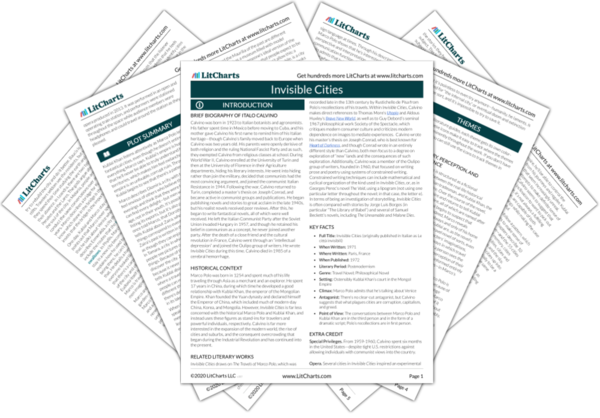The struggle and alliances between the Penates and the Lares can be read as a reflection of how people view immigration depending on whether they’re the immigrants (the Penates) or the natives of a country accepting immigrants (the Lares). Immigration is an important aspect of the modern world, but Calvino seems to suggest here that while there may be disagreement as to whether immigrants or natives are the true soul of a place, everyone still looks forward to the future just the same. In this sense, the ways that people divide themselves aren’t especially useful, given how similar Calvino suggests people are at their core.
